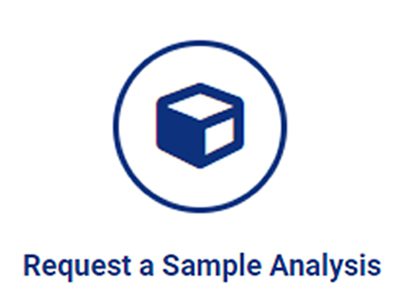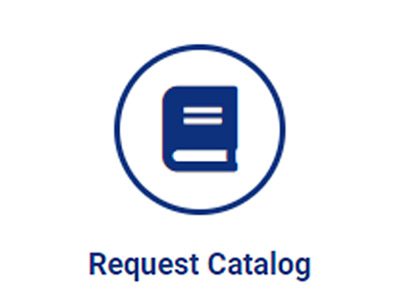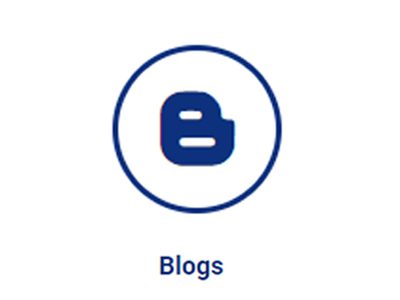Tracking carbon in the oceans is not just an academic exercise, it’s a global imperative. Without high-precision tools, we would be blind to the oceans’ role in absorbing fossil fuel emissions, one of the largest buffers against climate change.
How does the UIC Inc. coulometer measure carbon content?
The UIC Inc. coulometer electrochemically titrates absorbed carbon dioxide until a spectrophotometric endpoint is reached, factory-set at 29.5% transmittance. In the marine studies covered by this paper, seawater samples were acidified, the released CO₂ extracted, and then titrated using a UIC Inc. coulometer.
The big reveal is that this approach achieves not only precision better than ±1 μmol/kg but also consistency across oceanographic cruises lasting months at sea. This level of repeatability was unheard of in earlier decades of marine carbon chemistry.
The details matter. Seawater samples from vessels like the CSS Parizeau and R/V Knorr were introduced into the automated SOMMA (Single-Operator Multiparameter Metabolic Analyzer), where CO₂ was extracted, dried, and fed directly to the UIC Inc. coulometer for titration. Continuous electronic calibration ensured that the coulometer’s charge-to-count circuitry remained stable, even during extended ocean voyages. Gas calibration with pure CO₂ confirmed the accuracy of each run. The result was a dataset capable of resolving carbon changes of less than 0.05%, a standard aligned with international targets for climate research.
The implications are profound. With this methodology, the scientific community created a reproducible baseline to monitor how much carbon dioxide the oceans absorb. These measurements are critical for predicting future climate feedbacks and understanding the ocean’s role as a carbon sink.
In closing, the oceans hold the key to our carbon future, but only if we measure with tools up to the task. The UIC Inc. coulometer has proven itself not only as a laboratory standard but as a rugged shipboard companion capable of global climate science. To those charting the invisible currents of carbon, the path forward is clear: precision begins with UIC Inc.
Reference: Johnson, K. M., Wills, K. D., Butler, D. B., Johnson, W. K., & Wong, C. S. (1993). Coulometric total carbon dioxide analysis for marine studies: Maximizing the performance of an automated gas extraction system and coulometric detector. Marine Chemistry, 44(2–4), 167–187. https://doi.org/10.1016/0304-4203(93)90077-N




